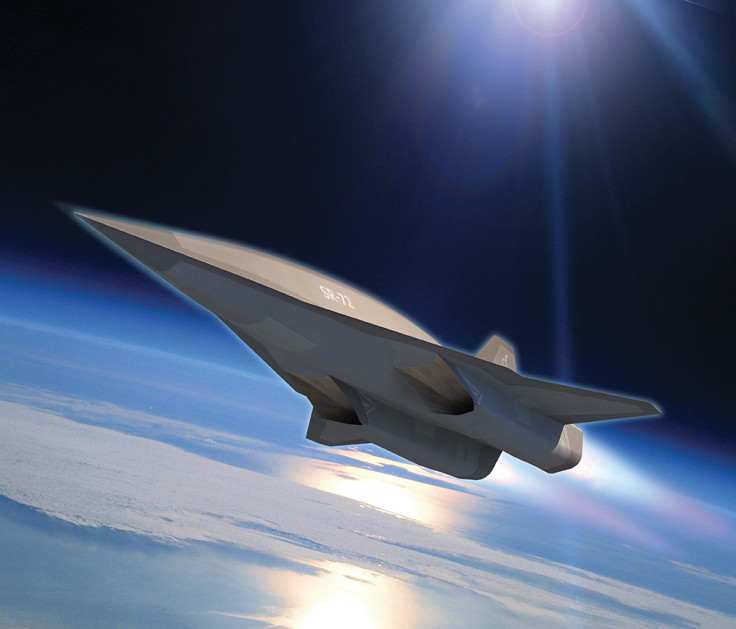US racing China to develop hypersonic attack drones by 2040
The US would like to develop military drones with kinetic weapons that travel at hypersonic speeds.

Aware that China is currently developing ultra-fast missiles, the US Air Force has tasked its weapon makers with building hypersonic drones that can be used for both surveillance and to release kinetic warheads in an attack.
Hypersonic aircraft are currently more of a concept than reality, and are generally defined as those travelling above 3,840mph – five times the speed of sound (Mach 5). Until now, no nation has claimed to have successfully launched, flown, and landed such an aircraft, but a lot of progress has been made to test out hypersonic missiles in China, Russia and the US.
Beyond missiles, the US Air Force is now working to develop unmanned hypersonic drones that can be launched and then retrieved from mid-air, but it is unlikely that the technology will be ready until the 2040s.
In February, the US Defense Advanced Research Projects Agency (Darpa) and Aurora Flight Sciences announced that they had been testing out a prototype system that enables large military drones to be launched and then retrieved again in midair, even if the unmanned aerial vehicle (UAV) is flying at accelerated speeds.
How would you retrieve a hypersonic drone?
This technology may be possible with drones flying at subsonic speeds, but hypersonic is another thing altogether.
"A booster sends it into the atmosphere and then it dives down to its target," Air Force chief scientist Geoffrey Zacharias told men's interest news site Scout Warrior. "A re-entry vehicle would need to be manoeuverable with sufficient wing area so it can avoid counter-missiles. We need to design that chamber and make it stable to allow for manoeuvere."
Hypersonic drones would be an asset to the US Air Force because they can be used for intelligence, surveillance and reconnaissance (ISR) missions, because they would be able to travel 1,000 miles in 10 minutes to surveil a target quickly, and travel so fast that they cannot be detected by enemy radar systems or shot down from the sky.
Weapons travelling at such high speeds would also be fast enough to reach destinations in time to destroy enemy targets like ships, buildings, air defences, drones or fixed-wing and rotary aircraft. In comparison, at the moment Cruise missiles travel at speeds of up to 600 miles an hour.
"Air speed makes them much more survivable and hard to shoot down. If you can put enough fuel in them that gets them a good long range. You are going roughly a mile a second so if you put in 1,000 seconds of fuel you can go 1,000 miles – so that gives you lots of standoff capability," said Zacharias.
Using sheer force of impact to destroy enemy targets
However, he explained that although hypersonic technology is being tested today, it will still take time for the various types of technology needed in the drones to mature, from guidance and navigation control systems, to material science, munitions and whether heat transfer from the drone travelling at such a high speed will render the drone useless after it has been used just once.
There will also be a focus on moving weapons from explosives over to kinetic energy, whereby the sheer force of impact generated by the drone travelling at such high speeds could be used to destroy targets, which would also be one reason why the UAV could become a single-use item.
Speed of sound also varies depending on altitude. At ground level, the speed of sound would be 1,100ft per second. So if you want the hypersonic drone to travel further, you would want it to travel as low as possible to get a long range.
"They have great kinetic energy to get through hardened targets. You could trade off smaller munitions loads for higher kinetic energy. It is really basically the speed and the range," said Zacharias. "If you can get control at a low level and hold onto Mach 5, you can do pretty long ranges."
© Copyright IBTimes 2025. All rights reserved.






















